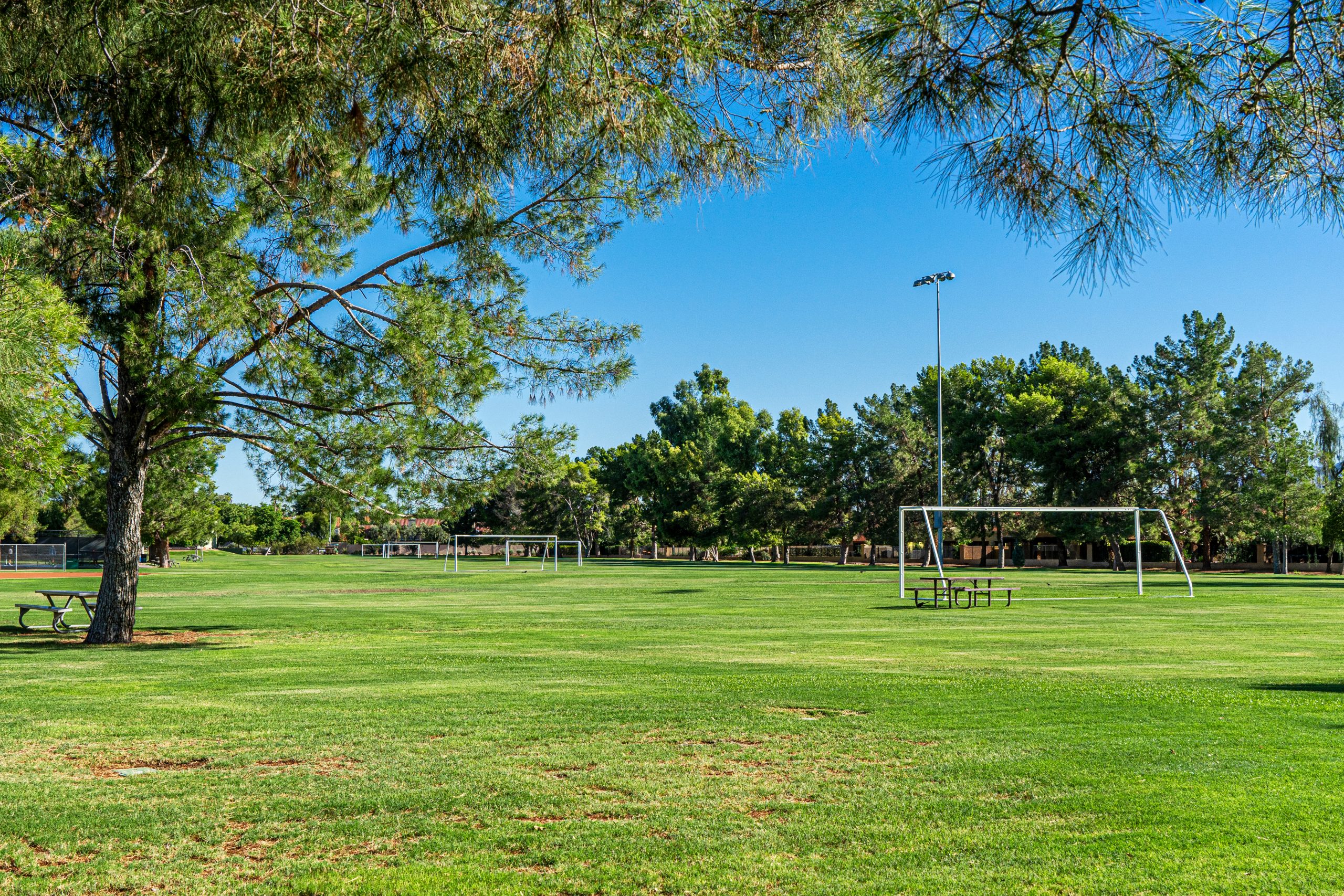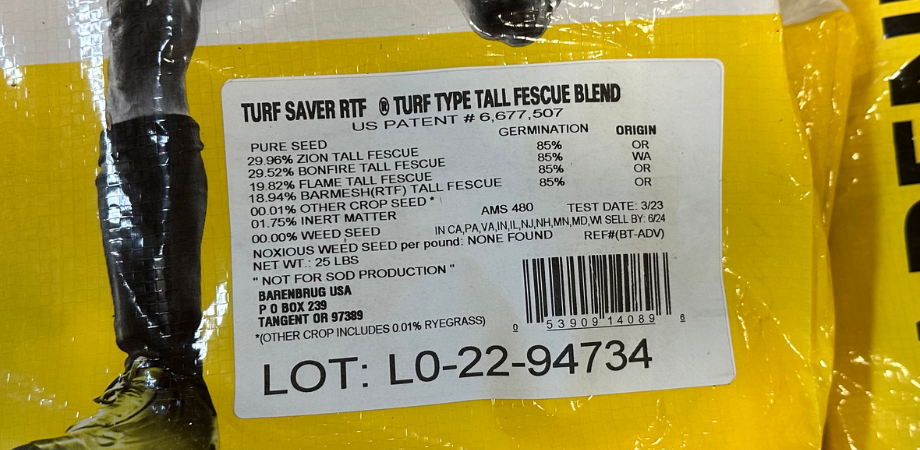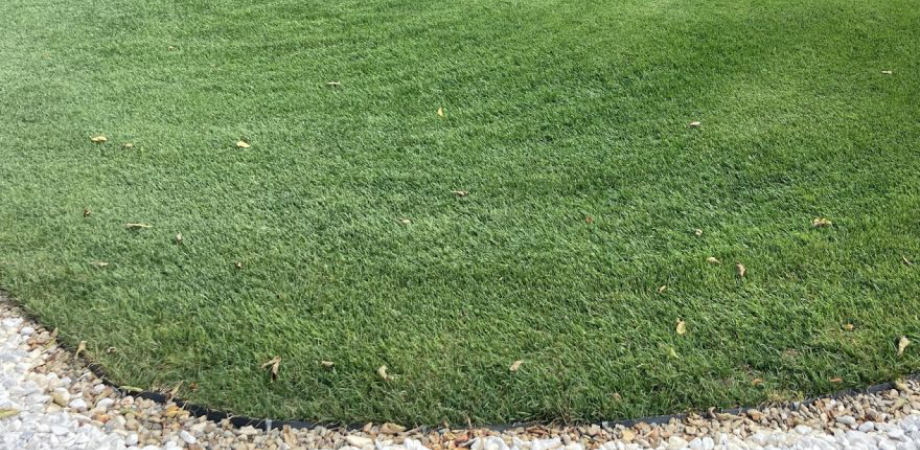While players and spectators focus on the game, it’s important for facility managers to pay attention to and take care of the trees and shrubs around their field(s). When it comes to managing trees and shrubs, there are several things to keep in mind that will help promote their health, aesthetics, and the safety of players and visitors.
Regular Inspection and Maintenance
Perform routine inspections to identify any signs of disease, pest infestations, or structural issues among trees and shrubs. Pruning dead or diseased branches helps maintain plant health while simultaneously preventing hazards to players, spectators, and staff. You don’t necessarily need to inspect weekly, but making a habit of inspecting once per month or quarterly will help you stay on top of anything that needs to be addressed. That’s plenty of time and will help you mitigate unmanageable or even dangerous fast, like a tree that’s about to fall.
Proper Pruning and Trimming
Trim trees and shrubs to enhance visibility and prevent obstructed views for players and spectators. Keeping branches clear of walkways, seating areas, and play zones helps ensure safety for all. We mentioned pruning above, and in addition to improving plant health, pruning helps plants maintain their shape, too. All plants are different, so make sure you’re pruning and trimming at the proper time for the proper plants to keep them beautiful and healthy.
Selective Planting
When selecting trees and shrubs for landscaping, consider low-maintenance, native species that can withstand local weather conditions and require minimal care. Choosing plants that won’t interfere with the play area or obstruct sightlines will make maintenance a breeze. When it comes to common areas, aim to pick plants that won’t have surface roots, which can make it dangerous to walk on. Trees with surface roots can create trip hazards and are hard to mow and maintain because the roots are on top of the ground and the mower hill. Avoid planting trees and foliage that, when fully grown, can block or impede on important parts of the field.
Adequate Irrigation
Provide adequate water to trees and shrubs, especially during dry seasons or drought conditions. Ensuring proper irrigation systems are in place will support healthy growth without waterlogging the area.
Mulching and Fertilization
Apply mulch around trees and shrubs to retain moisture, regulate soil temperature, and reduce weed growth. Additionally, use fertilizers as needed to provide essential nutrients for optimal growth. Be sure to not apply too much mulch, as over-mulching (more than two to three mulchings per year) can smother plants.
Safety Measures
Inspect trees and shrubs for any overhanging branches that could pose a risk during high winds or storms. Prune or remove branches that may fall onto the sports field or pose a danger to players, staff, or spectators. High winds can topple trees, so removing dead trees and/or overhanging limbs on healthy trees (often the first ones to go down in high winds) is very important for not only protecting the facility but, more importantly, players and visitors. When the weather turns cold, be sure to mitigate winter injury on landscape ornamentals as much as possible.
Integrated Pest Management (IPM)
Implement IPM strategies to manage pests and diseases. These strategies typically include regular monitoring and targeted use of insecticides and pesticides. If you’re in the Midwest, dune beetles can eat through foliage fast and cause major damage. Eliminating nuisance insects is an important part of keeping your trees and ornamentals protected, regardless of where you’re located.
Professional Assistance
We mentioned one pesky insect that lives in the Midwest, but there are different threats—from insects to diseases—in different parts of the nation. That’s why it’s important to talk to arborists and/or horticulturists in your area to get their advice on tree and shrub care, especially for complex issues like disease management or large-scale pruning. They’ll be able to give you the low-down on what threats to watch out for in your region and give you tips on how to best protect your trees and ornamentals.
Environmental Sustainability
Do your best to implement eco-friendly landscaping practices. This might include planting native species and being careful about your use of insecticides and pesticides.
Through adequate and intentional tree and shrub management, sports field managers and groundskeepers can make sure their sports fields are aesthetically pleasing and safe all year round. If you’re looking for more information on maintaining your sports field, whether you’re looking for sports turf products or just want a bit of advice, one of our representatives would be happy to help.












